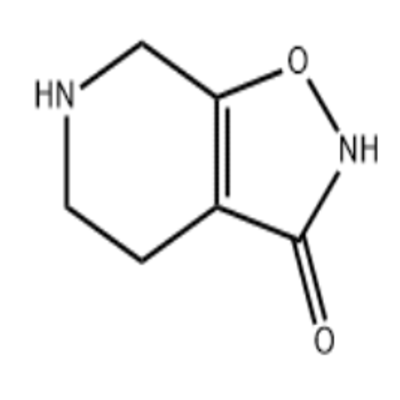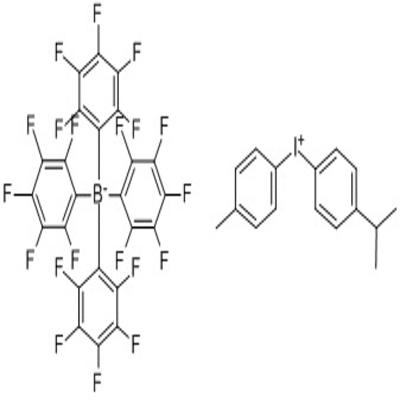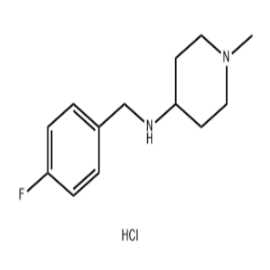-
Categories
-
Pharmaceutical Intermediates
-
Active Pharmaceutical Ingredients
-
Food Additives
- Industrial Coatings
- Agrochemicals
- Dyes and Pigments
- Surfactant
- Flavors and Fragrances
- Chemical Reagents
- Catalyst and Auxiliary
- Natural Products
- Inorganic Chemistry
-
Organic Chemistry
-
Biochemical Engineering
- Analytical Chemistry
-
Cosmetic Ingredient
- Water Treatment Chemical
-
Pharmaceutical Intermediates
Promotion
ECHEMI Mall
Wholesale
Weekly Price
Exhibition
News
-
Trade Service
N-2-Thienylacetamide, also known as TACA, is a common intermediate chemical used in the production of pharmaceuticals, dyes, and other chemical products.
It is synthesized from N-acetylanthranilic acid and 2-thiophenecarboxaldehyde through a series of chemical reactions.
The synthesis of TACA is a multi-step process that requires careful control of the reaction conditions to ensure optimal yield and product purity.
The synthesis of TACA begins with the reaction of N-acetylanthranilic acid and 2-thiophenecarboxaldehyde in the presence of a strong acid catalyst, such as sulfuric acid or phosphoric acid.
This reaction forms an imine, which is then hydrolyzed to form the amino acid N-2-thienylalanine.
The amino acid is then converted to N-2-thienylacetamide through a series of chemical reactions that involve the use of reagents such as hydrochloric acid, sodium hydroxide, and water.
One of the key steps in the synthesis of TACA is the hydrolysis of the imine intermediate to form the amino acid.
This step is sensitive to the reaction conditions, as the strength and type of acid catalyst used can significantly impact the yield and purity of the final product.
It is important to use the appropriate amount of catalyst and to carefully control the reaction temperature and time to ensure optimal results.
Once the amino acid is synthesized, it is further converted to N-2-thienylacetamide through a series of chemical reactions that involve the use of reagents such as hydrochloric acid, sodium hydroxide, and water.
These reactions are typically carried out at a higher pH than the hydrolysis step, as the amino acid is more stable at higher pH levels.
Careful control of the pH and the concentration of the reagents is necessary to ensure optimal yield and product purity.
The final step in the synthesis of TACA involves the removal of the acetamide group to form the final product.
This step is typically carried out using a reagent such as sodium hydroxide, which deprotonates the acetamide group, forming an amide.
The amide can then be further processed or purified as needed for use in pharmaceutical or other applications.
In addition to its use as a starting material in the production of pharmaceuticals and dyes, TACA is also used as a research reagent in organic synthesis and as a building block for the synthesis of complex molecules.
Its unique chemical properties make it a versatile and valuable intermediate chemical in the chemical industry.
Overall, the synthesis of N-2-thienylacetamide is a complex multi-step process that requires careful control of the reaction conditions to ensure optimal yield and product purity.
The use of appropriate reagents and careful manipulation of the reaction conditions are critical to the success of the synthesis process.
With proper management of the synthesis process, N-2-thienylacetamide can be produced in high yield and purity, making it a valuable intermediate chemical in the chemical industry.







